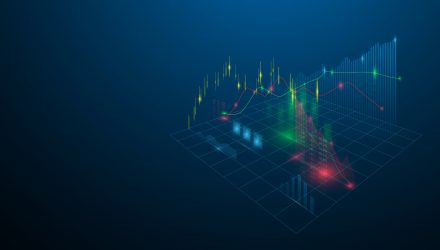Inverted yield curves, global growth and trade wars could be worries that may spill over into 2020 as 2019 is ready for a curtain call. Whatever strategy investors decide to employ, there should be one constant–to stay invested.
“Nonetheless, we should be wary,” wrote Simon Moore in a Forbes article. “Again, the yield curve has a strong record of calling for a recession within a year. We haven’t hit a year yet from the signal’s initiation in March 2019. Equally, unemployment seems more likely to rise than fall if history is any guide. Yes, we may continue to see low levels for unemployment that we haven’t seen in over 50 years, but it seems more probable that unemployment deteriorates if we look a few years ahead and follow historical patterns.”
“So some of the recent fears of recession risk may have drifted from the front of people’s minds, but the risks are still there,” Moore noted. “Nonetheless, as an investor its important to remember that ignoring recession talk and staying invested has historically been a sound strategy. Secondly, it is likely that the next U.S. recession is far more tame than what we saw in 2008-9. So a mild recession may still be on the cards, but as an investor it may not be productive to worry too much about it.”
Hedging Recession Risk with Bonds
A common strategy to mute the effects of a market downturn is to allocate capital to bonds. One way investors can get higher yields and get the protection of bonds via an actively managed bond fund is an ETF like the PIMCO Active Bond Exchange-Traded Fund (NYSEArca: BOND).
The fund is a diversified portfolio of high quality bonds that is actively managed, seeking current income and long-term capital appreciation, consistent with prudent investment management. BOND invests primarily in investment grade debt securities, and discloses all portfolio holdings on a daily basis.
The Fund will seek to maintain a fairly consistent level of dividend income, and generally seeks to manage capital gain distributions. However, there can be no assurance that a change in market conditions or other factors will not result in a significant change in the Fund’s distribution rate or that the rate will be sustainable in the future. With a primary benchmark of the Barclays U.S. Aggregate Index, the fund offers a core bond strategy that is designed to capitalize on opportunities across multiple sectors of the fixed income market.
For more market trends, visit ETF Trends.
